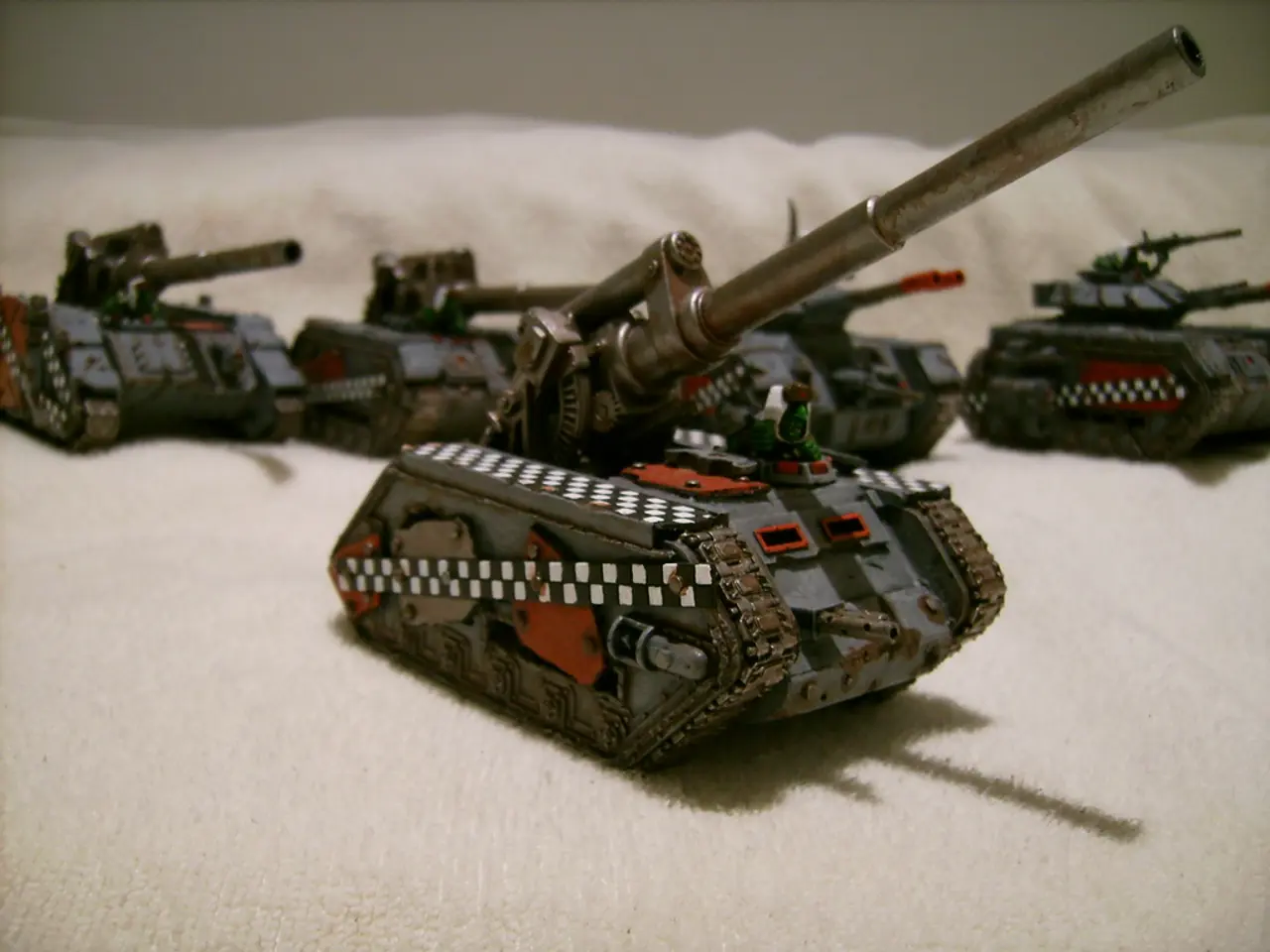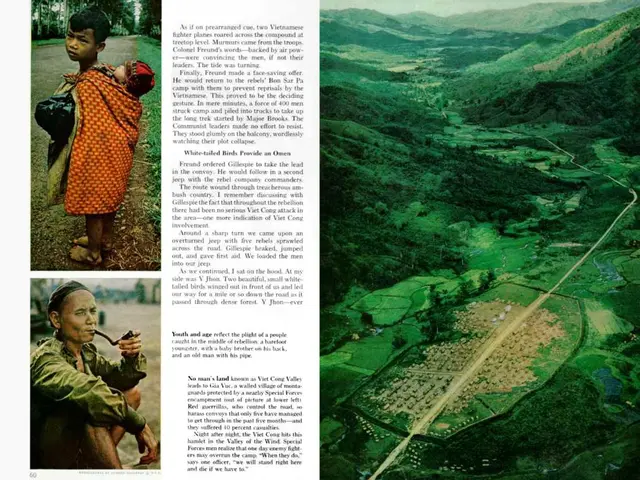Historic Fighter Aircraft: Messerschmitt Bf 109 - A Aviation Legend
The Messerschmitt Bf 109, a legendary fighter aircraft of World War II, made its maiden flight in May 1935. Designed by Willy Messerschmitt in the 1930s, this iconic aircraft was originally slower than its classic enemy, the Spitfire. However, the B-1 model with Jumo engine entered service with the Luftwaffe in February 1937, marking the beginning of a series of improvements.
The Messerschmitt Bf 109 was designed for daytime operations and was equipped with two machine guns, each carrying 500 rounds of ammunition, and an automatic cannon with 100 rounds. The Bf 109F, a more advanced model that followed the Bf 109E, introduced significant changes aimed at increasing combat effectiveness.
One of the key design features of the Bf 109F was its aerodynamic enhancements. The aircraft featured a more streamlined fuselage and a redesigned nose with a longer, smoother engine cowling, reducing drag compared to the earlier Bf 109E. The canopy was also revised to provide better pilot visibility while maintaining a sleeker profile.
The Bf 109F was generally powered by the Daimler-Benz DB 601N engine, an improved version of the DB 601 used in the Bf 109E. This engine offered increased power and better high-altitude performance.
In terms of armament, the Bf 109F typically carried a centrally mounted 15 mm or 20 mm cannon firing through the propeller hub and two machine guns above the engine. This armament was considered more effective than the Bf 109E’s configuration, which usually had two machine guns and lighter cannon armament.
These changes led to better speed, climb rate, and agility, enhancing the Bf 109F’s capabilities as a fighter compared to the Bf 109E. The BF 109f model could ascend 19,500 feet in 17 minutes and fly at 250 miles for 20 minutes at that altitude. It was also capable of taking off from an average-sized German military runway (430m. X 430m.) and landing with a group of 9 aircraft.
The Messerschmitt Bf 109 was equipped with a radio for air-to-air and ground communication, a parachute and necessary escape gear, an oxygen system, and cockpit heating for high altitude flights. It was also of suitable dimensions for rail transport systems and should not lose altitude while turning.
The Messerschmitt Bf 109 is one of the most produced fighter aircraft in aviation history, with a total of nearly 35,000 airframes produced from 1936 to April 1945. The BF 109f model, designed after the BF 109e version fell short in England, was a significant improvement, being faster, more agile, more balanced, and climbs better than its predecessor. Despite its initial disadvantages, the Messerschmitt Bf 109 played a crucial role in the early years of World War II and remains a symbol of German aviation prowess.
[1] This synthesis is consistent with historical knowledge about the Bf 109F's development as a refinement over the 109E to regain superiority over Allied fighters in 1941 and 1942.
The Messerschmitt Bf 109F, an advancement over the Bf 109E, played a significant role in the aviation industry's competitive landscape during World War II. With improvements in technology, the Bf 109F's superior performance, particularly in speed and agility, helped to reshape the aerospace industry's finance and capabilities, especially in regaining superiority over Allied fighters in 1941 and 1942.








